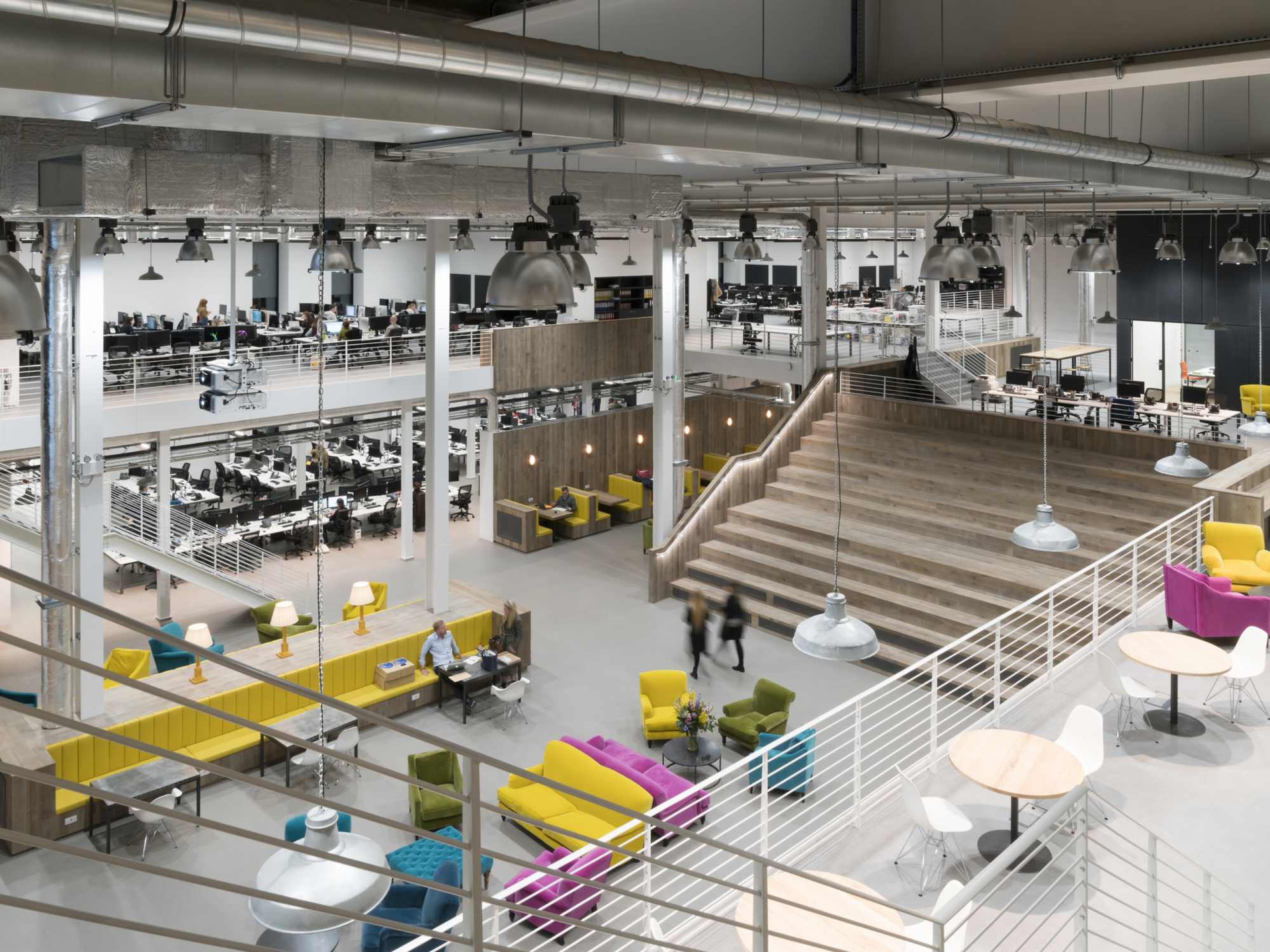
The Role Ultra-Flexibility in the Workplace’s Fourth Industrial Revolution
We are currently living through the fourth industrial revolution, characterised by the integration of advanced technologies such as artificial intelligence, augmented reality, robotics, and cloud computing. More than ever, we’re seeing technologies such as these being used in the workplace, adopted into even traditional industries. To accommodate this new era and allow it to thrive, significant changes to policy and procedure need to happen in the workplace, including the need for ultra-flexibility.
Ultra-flexibility in the workplace refers to the ability of businesses to adapt quickly and efficiently to changing market conditions, customer demands, and technological advancements. The demand for businesses to remain agile, sustainable and to leverage brand new technologies has never been more important than it is now.
Although the fourth industrial revolution, also known as Industry 4.0 or 4IR mainly relates to technological developments, the impact will have significant implications on the way we work and where we work, meaning that unlocking ultra-flexibility and agility in workspace design as well as workplace culture is key to becoming a workplace of the future, whatever that future may look like.
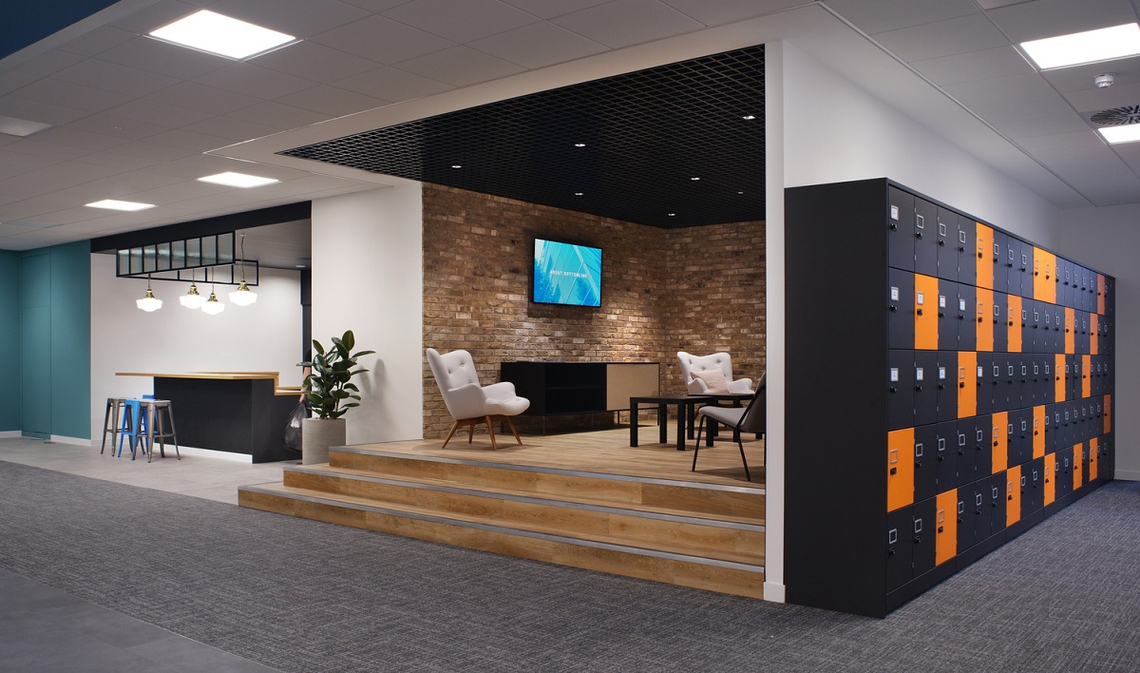
Flexible working 4.0
Flexibility is not a new concept in an increasingly hybrid workplace, with remote and hybrid work continuing to cement its place as the most favoured way of working. But the future of work is ultra-flexible, with space sharing and the rise of the gig economy, meaning that businesses need to be able to manage a more diverse workforce with different working styles and preferences. Workplace design needs to focus on agile environments that can serve multiple uses, rather than prescriptive and assigned seating plans and arrangements.
The popularity of co-working spaces as a new approach to workspace design highlights this new attitude to ways of working, allowing individuals or organisations to blend in one shared space, rent a desk in another office or meet in a common area to foster collaboration, creativity and improve sustainability through cost savings. Workplace design that encourages a sense of community by providing shared spaces, fosters the opportunity for chance encounters, an example of which can be seen in Nuffield Foundation’s London offices where the workspace was designed to function as multiple platforms for various activities and to accommodate different work styles and arrangements.
Ultra-flexible working means offering design choice and giving employees a variety of spaces for employees to work from. This enables them to work in a space that supports their preferred working style at that time, for which organisations can expect to see an increase in output.
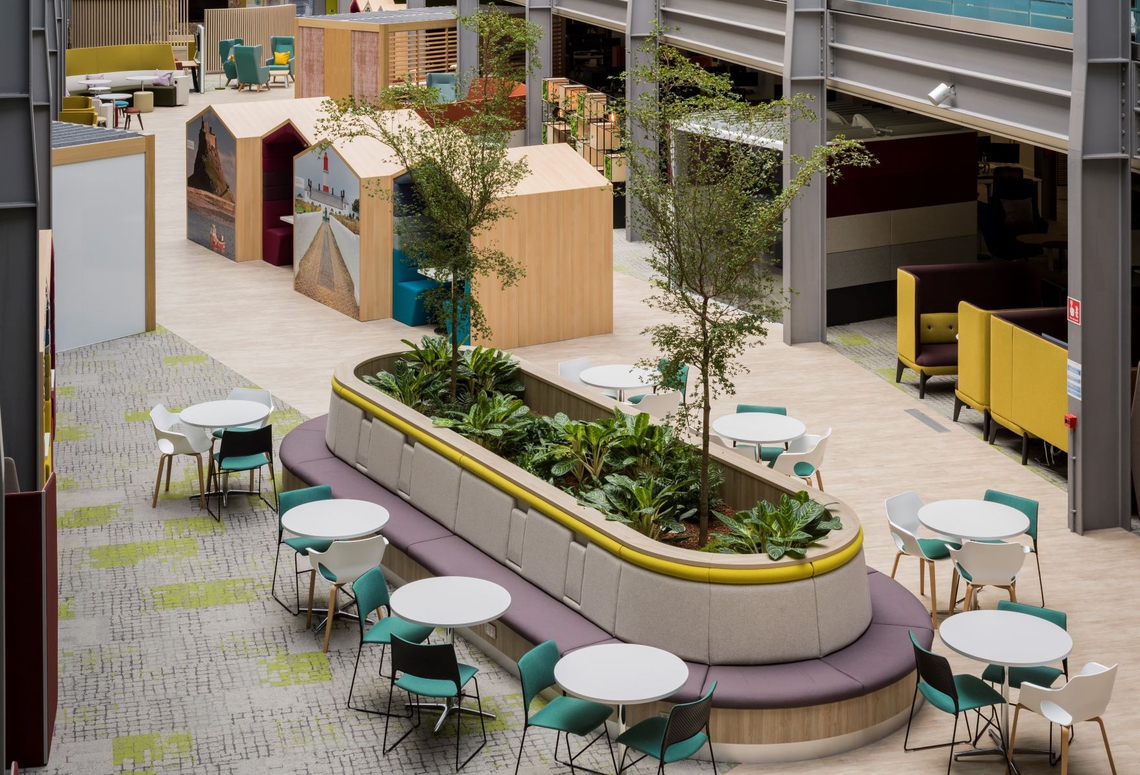
Ultra-Flexible Furniture
Flexible office furniture solutions create a more adaptable and dynamic workplace that can easily be reconfigured to support different activities, teams and tasks. Furniture that can be easily moved and reconfigured leads to higher levels of efficiency, improved productivity and higher levels of collaboration.
By investing in furniture that can be easily reconfigured, such as modular seating systems like the Bleachers, companies can create a more comfortable and ergonomic workspace that promotes employee well-being, creating a more efficient use of their office space and avoids the cost of renting additional space for events or training.
Reconfigurable zoning furniture like the Aeonica allows companies to reduce waste and extend the lifespan of their furniture, by continually changing configurations to suit their needs, reducing their carbon footprint and creating a more environmentally friendly workplace.
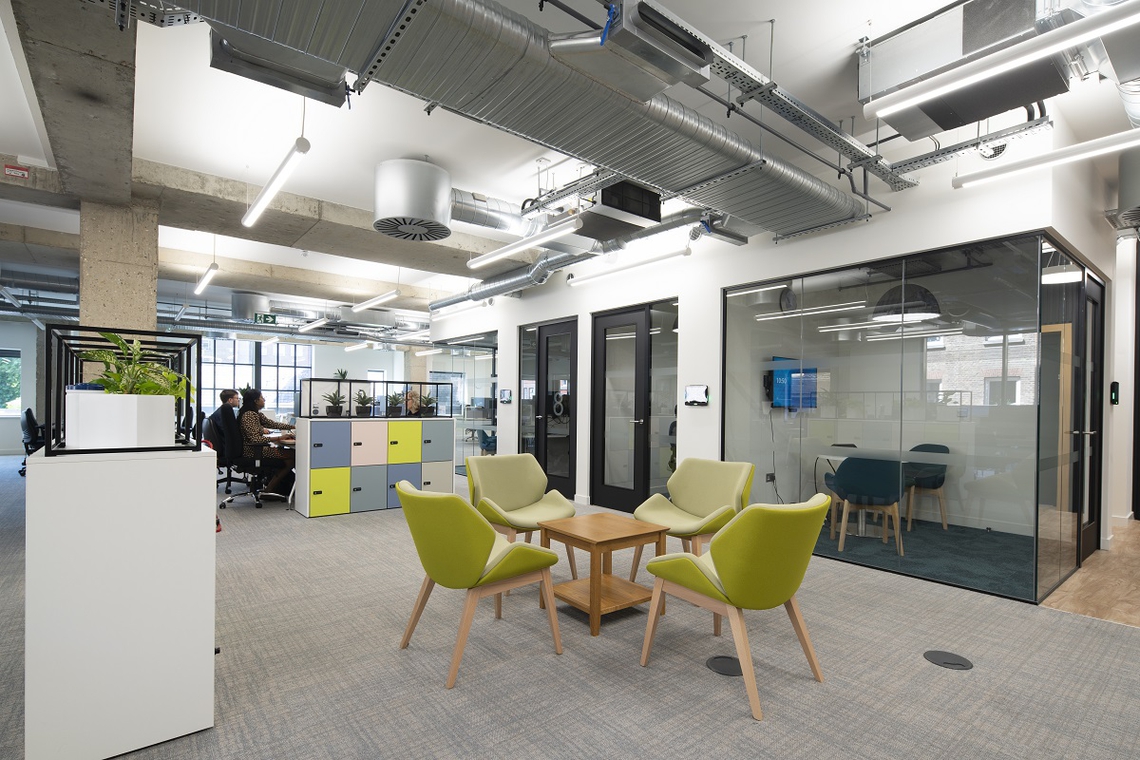
The role of technology in ultra-flexibility
The pandemic saw an exponential rise in the popularity of mobile apps and technology, and in an increasingly agile workplace environment, staying connected is just as important. As the industrial revolution continues to gain traction, technology will continue to play a significant role in dictating ways of working.
In the hybrid workplace, with teams often working in various locations and time zones, technological integration will need to step in to keep teams aligned. While new advancements, such as augmented reality like the Metaverse, will enable greater connectivity from a remote workforce, the influence of app integration in the physical workspace can already be seen in workplace design today.
Utilising technology in workspace design has an array of benefits for the hybrid workforce, allowing remote workers to book out meeting rooms and reserve desks for independent or small team working, continuing to give teams freedom to choose when, where and how they work. The modular HotLocker comes with wide-ranging high-tech locking strategies, from those that grant access based on app input, or even fingerprint lockers for dynamic locker assignment, these subtle tech-enabled features enhance ultra-flexibility enabling a truly hybrid workforce to become even more agile.
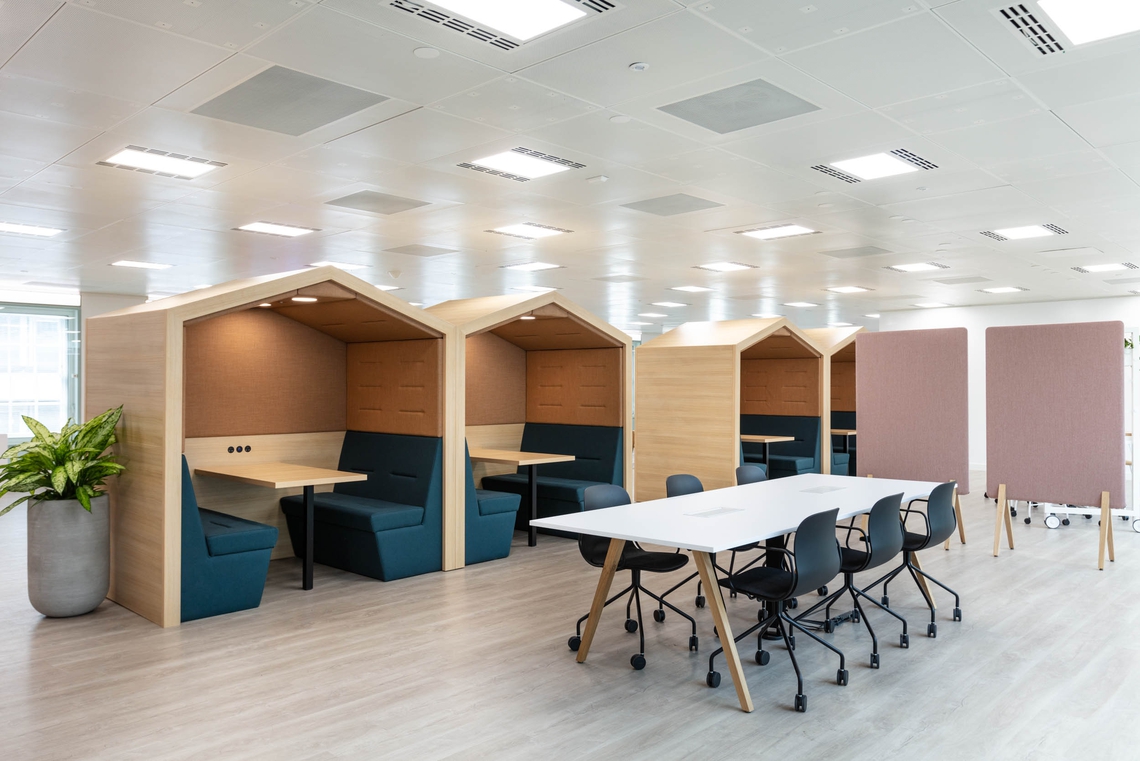
In conclusion, the flexibility of working arrangements and furniture will serve the much-needed transformation of workspaces for businesses to thrive in the fourth industrial revolution. By embracing flexible working arrangements and investing in furniture that can be easily reconfigured, assigned and is tech-enabled, organisations can create a dynamic workplace that promotes productivity, collaboration, and employee well-being. As we continue to adapt to changing work patterns and embrace new technologies, ultra-flexibility will play an increasingly important role in shaping the future of work, industry and society at large.
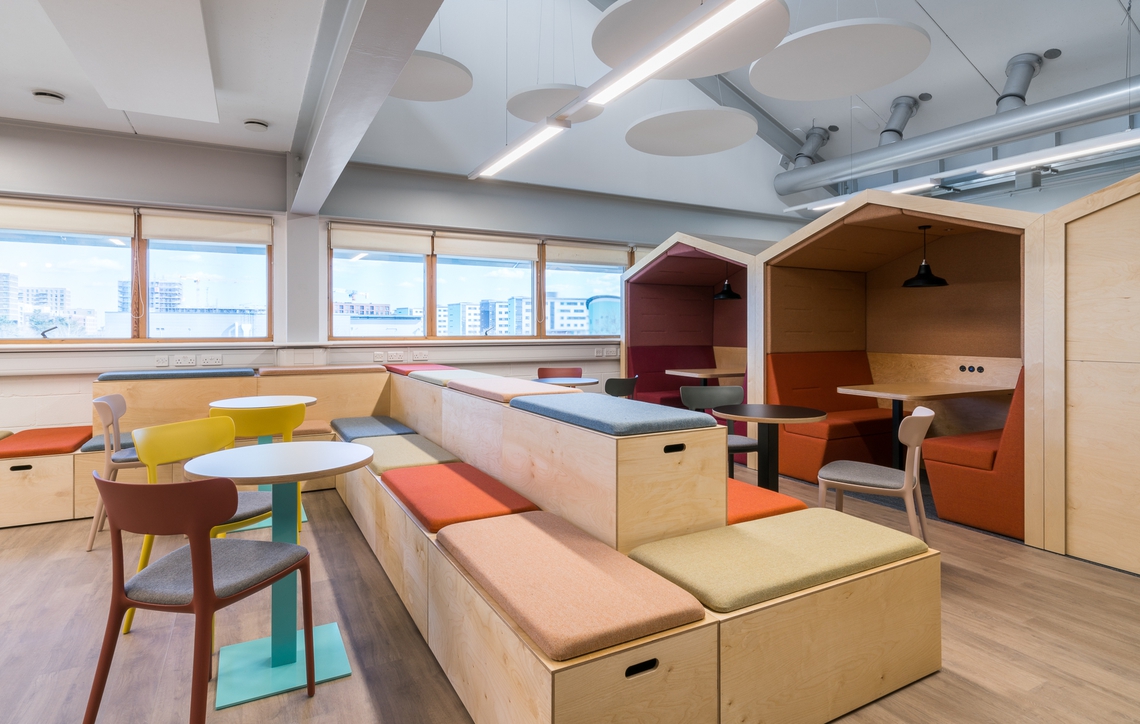
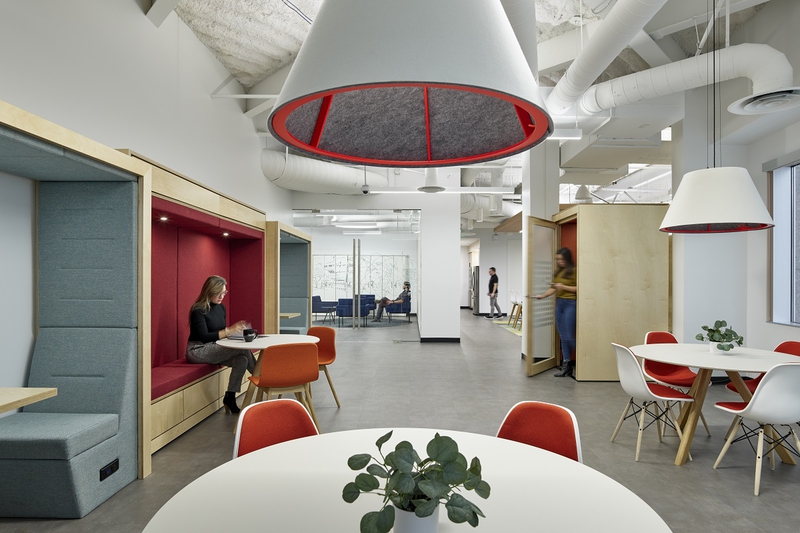
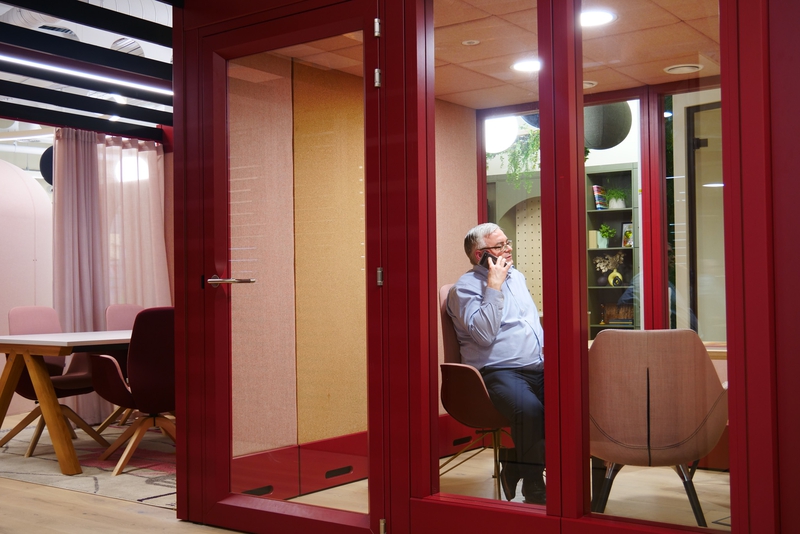
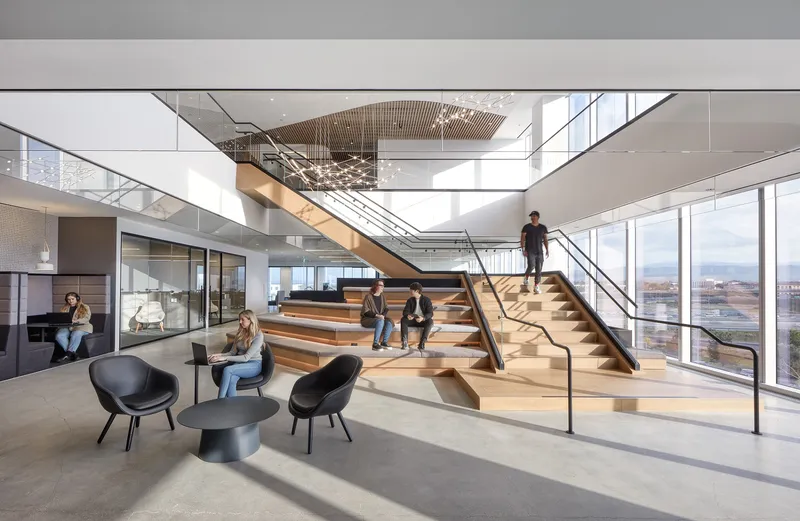

Working with Peldon Rose to design an advancement in their workplace experience, the product, a softly industrial and u…
NON LUCRATIF
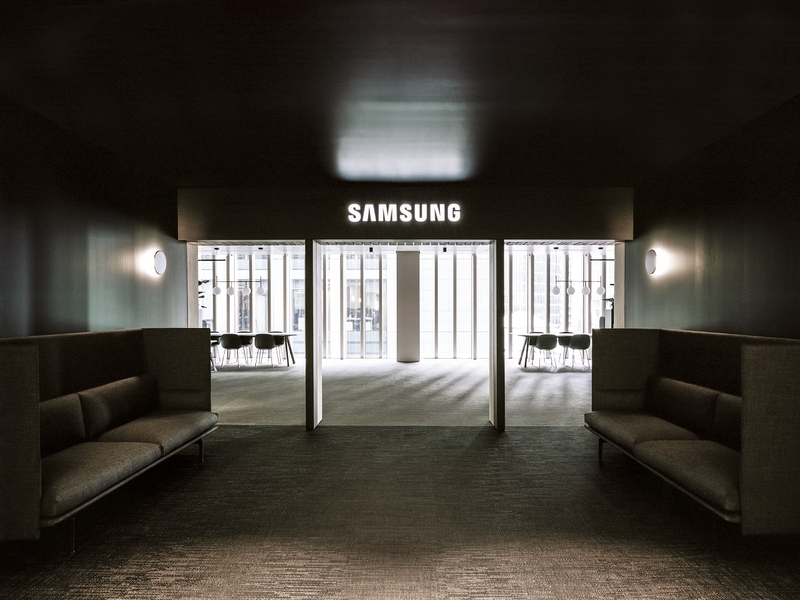
Pared back, content design that paves the way for Samsung’s hybrid, innovative and flexible workforce to build the worl…
TECHNOLOGIE & INFORMATIQUE
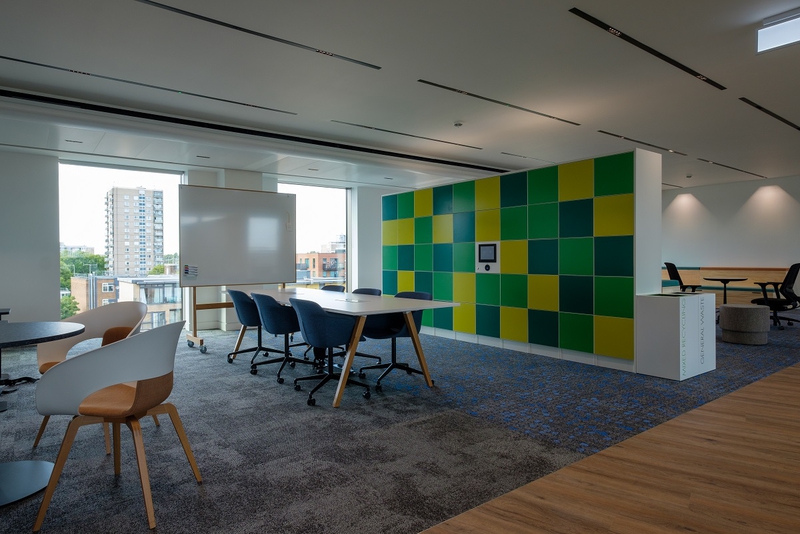
An adaptive hub for ideas, with a light, clean aesthetic, and energetic vibe
TECHNOLOGIE & INFORMATIQUE